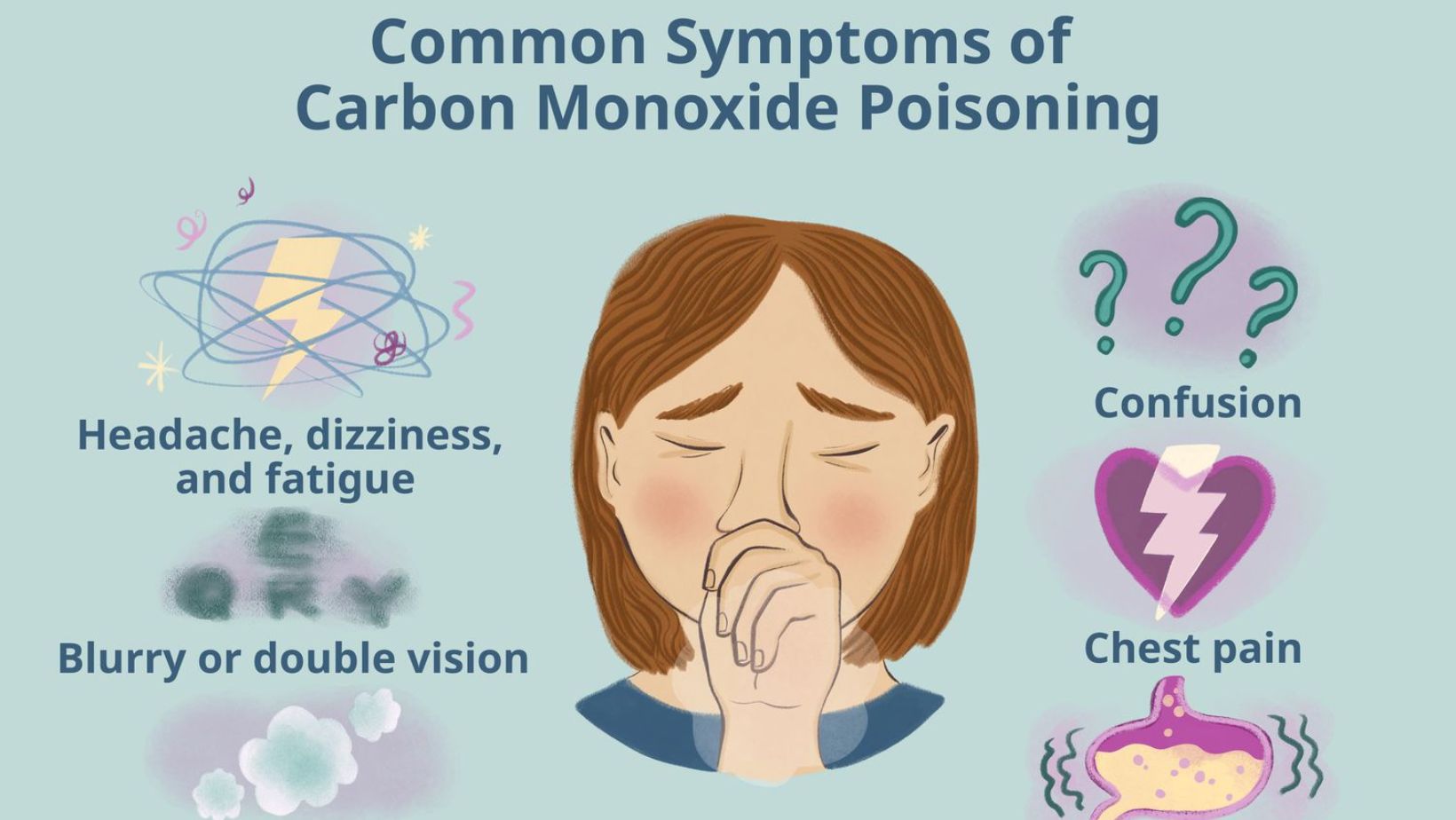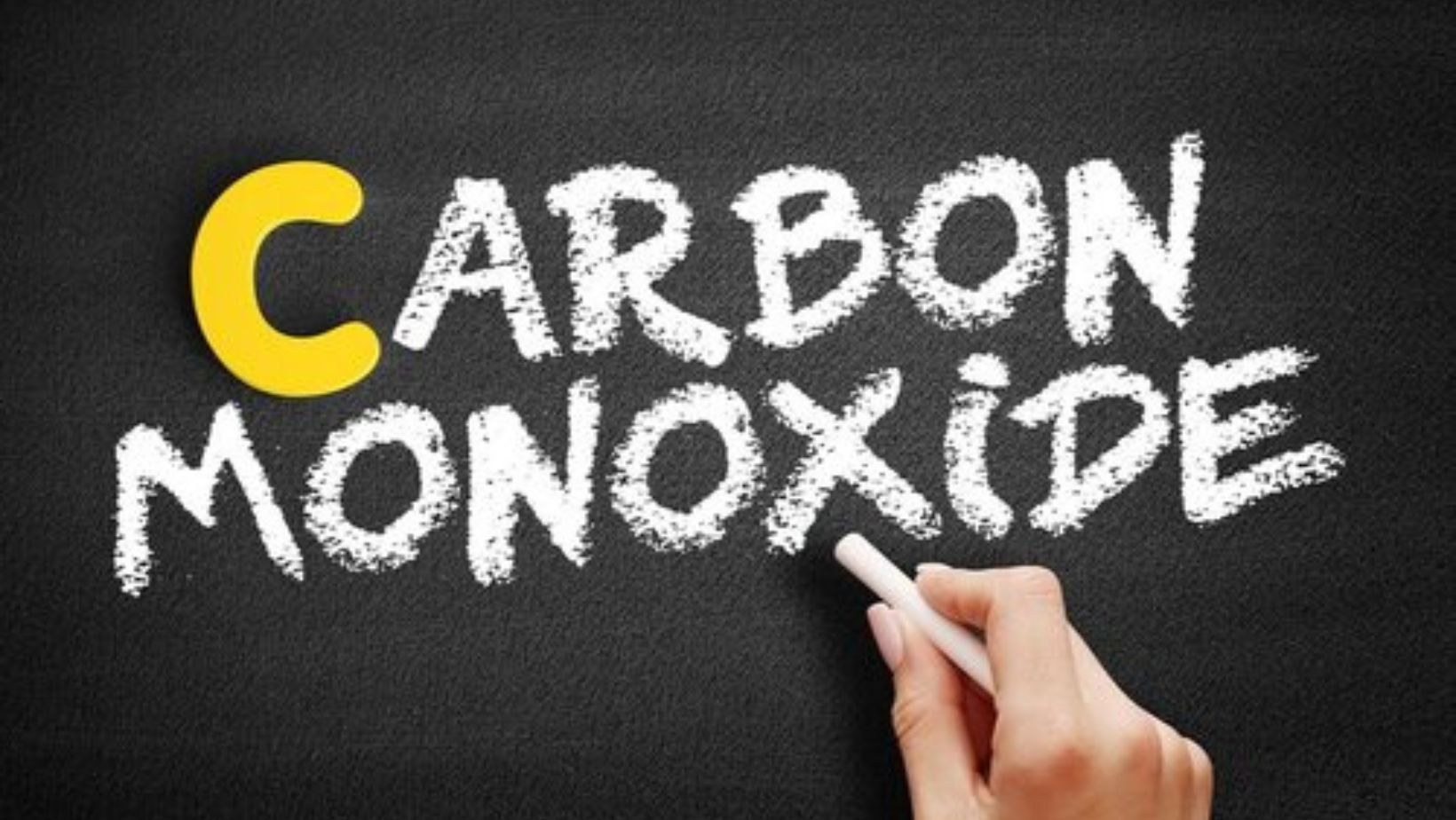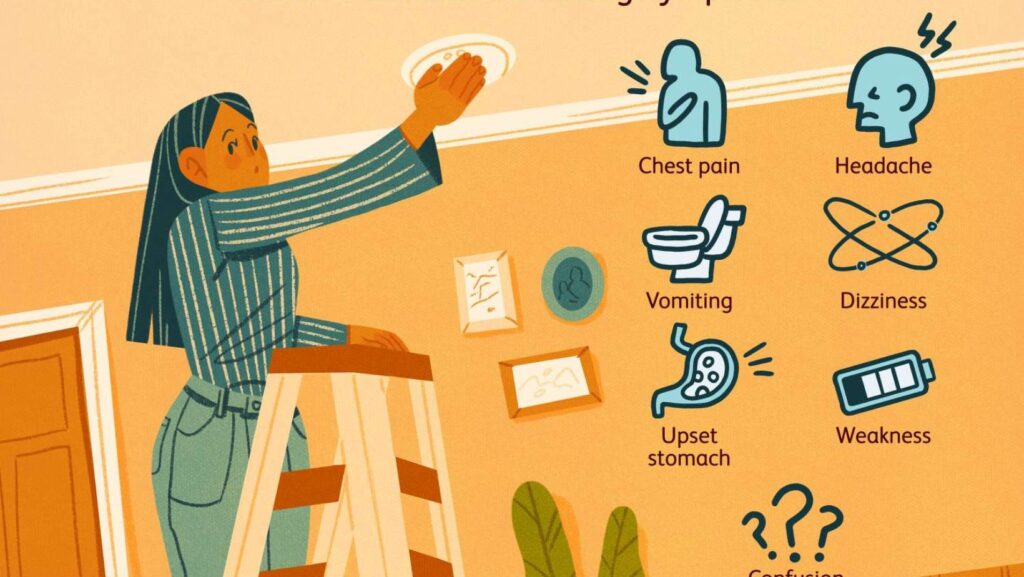Home inspections are supposed to uncover hidden dangers, but what happens when a major threat goes unnoticed? Carbon monoxide (CO) is a silent killer, and if an inspector overlooks potential hazards, the consequences can be deadly. Families rely on these professionals to detect safety risks, yet not all inspections are thorough. When a missed hazard leads to poisoning, questions of liability and accountability arise.

Carbon monoxide leaks are not always obvious, and they often stem from faulty appliances, poor ventilation, or aging heating systems. A proper inspection should assess these risks and ensure that CO detectors are installed and functioning. When an inspector fails to recognize warning signs, homeowners may unknowingly be exposed to toxic gas. The question is whether a home inspector can be held responsible for the harm that follows.
Why Home Inspections Are Essential for CO Hazard Prevention
A home inspector’s job is to evaluate the safety and functionality of a property. This includes checking heating systems, ventilation, and fuel-burning appliances—all of which can produce carbon monoxide. In contrast, most inspectors are trained to look for structural and electrical issues, but not all prioritize CO hazards. If an inspector rushes through the process or lacks proper knowledge, dangerous conditions may go unnoticed.
Some inspectors limit their responsibilities to visible defects, leaving hidden threats unaddressed. Unlike gas leaks or faulty wiring, carbon monoxide issues may not be immediately obvious. A blocked chimney, a cracked heat exchanger, or improper venting can create serious risks. Without careful evaluation, these hazards can remain in a home long after the inspection is complete.
When an Inspection Fails: The Consequences of Overlooked CO Risks
Missing a carbon monoxide hazard can have life-threatening consequences. Exposure to CO can cause dizziness, confusion, unconsciousness, and, in severe cases, death. Families may suffer symptoms without realizing the source, leading to prolonged exposure and serious health damage. A preventable mistake during an inspection can turn a home into a death trap.
Victims of CO poisoning often face long-term neurological effects, including memory loss and cognitive impairment. Medical treatment for severe cases can be extensive and costly. If an inspector fails to identify a clear risk, homeowners may have legal grounds to hold them accountable. Proving negligence, however, depends on the details of the inspection and whether the hazard should have been detected.
Can Home Inspectors Be Held Liable for Missing CO Hazards?
Liability depends on whether the inspector had a duty to check for carbon monoxide risks. Some contracts limit the inspector’s responsibility, making it difficult to prove negligence. However, if an inspector ignored obvious signs of danger—such as rusted vents, outdated appliances, or missing CO detectors—they may be held accountable. Courts may examine whether the inspector acted reasonably or if their oversight directly contributed to the harm.
In some cases, homeowners may need expert testimony to prove that the inspector failed in their duty. Documentation of the inspection report and any overlooked hazards can strengthen a claim. Seeking legal help is often necessary to determine the best course of action. An Austin carbon monoxide poisoning attorney can help victims understand their rights and pursue compensation for their suffering.
Limitations of Home Inspections and Buyer Responsibility
Even the most thorough inspection has its limitations. Home inspectors are not always required to use specialized equipment to detect CO risks. Some defects, like hidden cracks in a furnace, may not be visible during a standard walkthrough. Buyers should take extra steps to protect themselves, such as requesting additional testing or hiring specialists for a deeper evaluation.
Installing carbon monoxide detectors is one of the easiest ways to prevent exposure. Homeowners should also have their heating systems inspected annually, even after purchasing a home. Understanding what a home inspection does—and does not—cover can prevent dangerous assumptions. While inspectors play a key role in safety, homeowners must take their own precautions to protect their families.
What to Do If You Suspect a Home Inspection Error
If a carbon monoxide issue is discovered after moving into a home, immediate action is necessary. First, homeowners should document the hazard with photos, repair records, and medical reports if poisoning has occurred. Reviewing the original inspection report can reveal whether warning signs were missed. If negligence is suspected, contacting a legal professional can help determine the next steps.
Holding an inspector accountable can be challenging, but it’s not impossible. Legal claims may focus on breach of contract, professional negligence, or misrepresentation. Depending on the case, homeowners may recover damages for medical costs, property repairs, and emotional distress. Taking action not only helps victims but also encourages better inspection practices for future buyers.
How to Protect Yourself from Carbon Monoxide Risks
Relying solely on a home inspection is not enough to guarantee safety. Buyers should ask specific questions about CO risks and request additional assessments if necessary. Having an HVAC professional check heating systems before purchase adds an extra layer of protection. Taking proactive steps can prevent exposure to one of the most dangerous invisible threats.

Regular home maintenance is just as important as the initial inspection. Changing furnace filters, ensuring vents remain unblocked, and testing CO detectors can all reduce risks. Awareness is the first line of defense against carbon monoxide poisoning. When homeowners stay informed and take preventive measures, they can create a safer living environment.
When Negligence Leads to Harm
Home inspectors are supposed to help buyers make informed decisions, but when they miss a serious hazard, lives can be at risk. While not every overlooked issue is grounds for liability, failing to recognize clear dangers can have devastating consequences. If negligence contributed to carbon monoxide poisoning, legal action may be the only way to hold the responsible party accountable. Protecting future homeowners from similar mistakes is just as important as seeking justice.
A missed CO hazard is more than just an oversight—it can mean the difference between life and death. Homebuyers and renters should take every precaution to ensure their homes are safe from this invisible threat. Whether through additional inspections, legal action, or personal vigilance, preventing CO exposure should always be a priority. When lives are at stake, there is no room for negligence.
